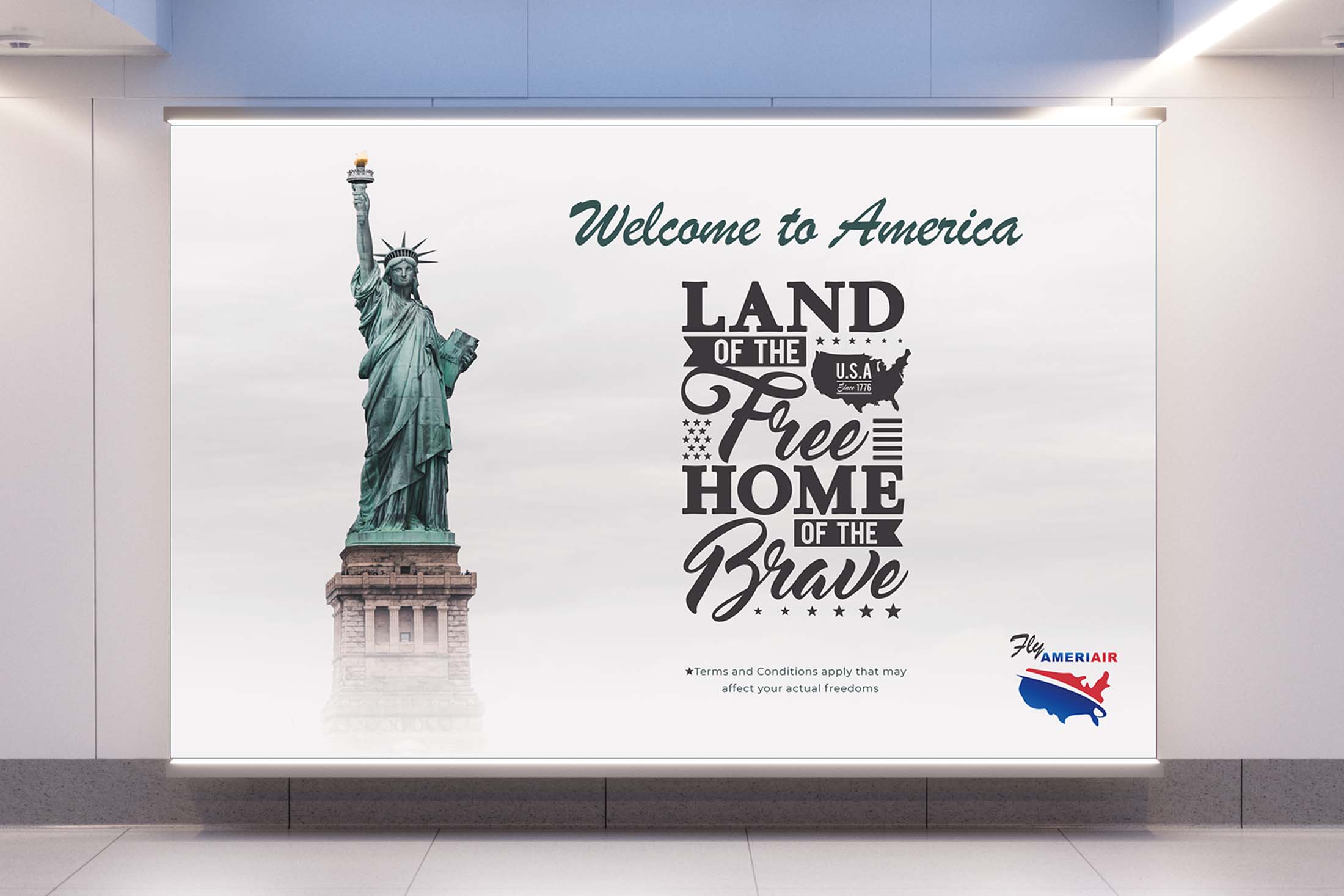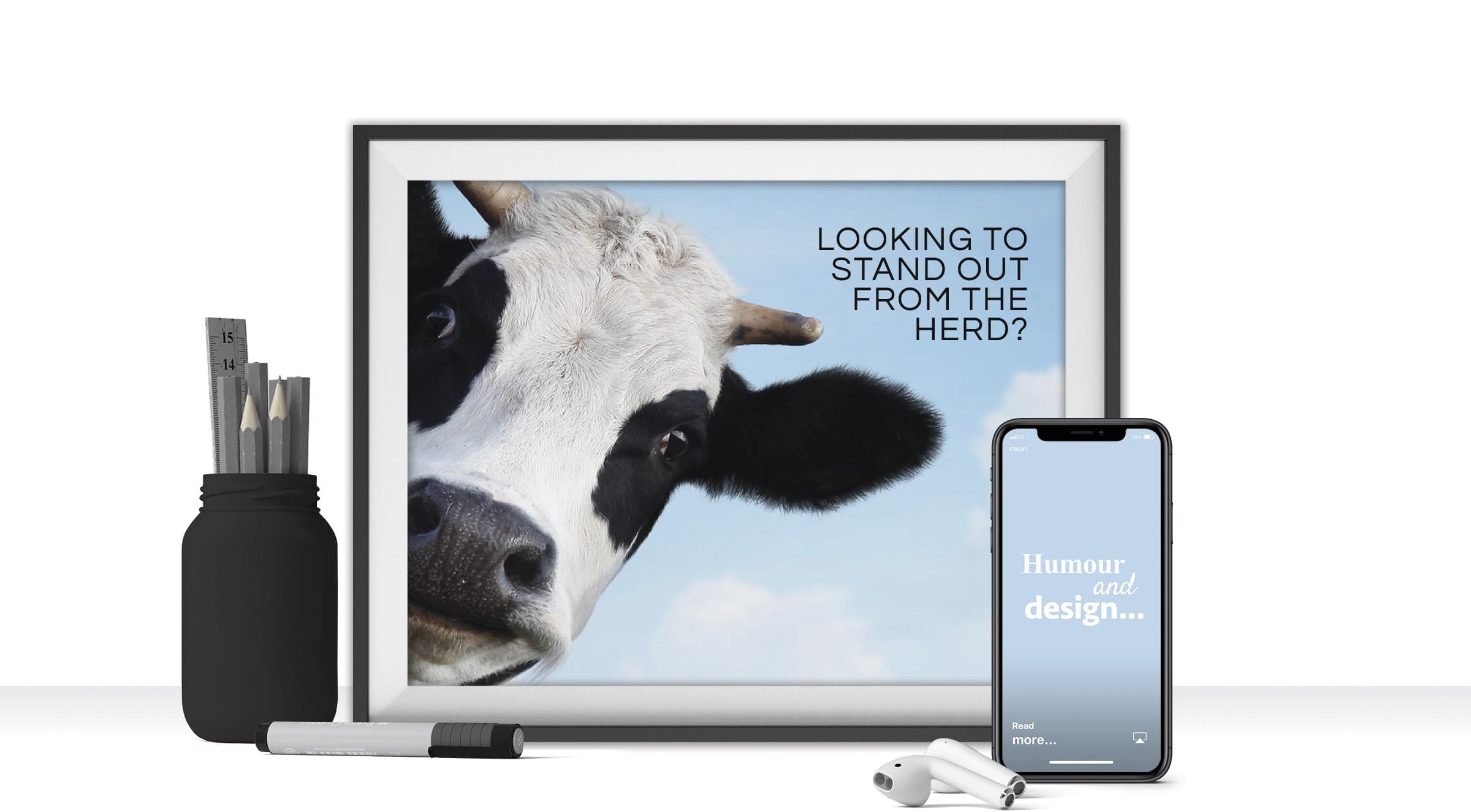FUNNY BUSINESS, THE POWER (AND POTENTIAL DANGER) OF USING HUMOUR IN DESIGN
Nowadays, with the market being so saturated, building relationships with your potential customers has never been more important. Using humour in your design can be a powerful tool to drive connection and build those all-important bonds with your users and potential customers.
One of the most fundamental parts of a user experience is their experience. Every interaction a potential customer has with your brand, your products or your services is an emotional experience. While this may not be the extremes of emotions that leaves them weeping or crying with happiness, how the customer feels about your brand will determine whether they continue to interact with you. Humour can be a useful tool to help make your brand more memorable. By using humour, you can transform a user experience from likeable to loveable. Not only will this help a customer remember you, but it might also encourage them to recommend you or share your brand with their friends.
As with most elements of design, humour should be used with measure and restraint. Here are some things to keep in mind when trying to implement humour into your designs.

MAKE SURE THE HUMOUR FITS THE TONE OF YOUR BRAND
There are some projects and brands that humour doesn’t work for. For a charity or a brand like Nike that tends to take vocal stances on societal issues, or presents itself as a more serious sports brand, humour might not work too well. But for a brands like M&M’s, Wendy’s, Netflix or ASOS, humour can be used as an important and engaging tool to promote their services and drive public engagement. There are some brands, like Apple, who have managed to evolve into an ever-increasing use of humour without compromising their brand image. This can be difficult to do well, so picking a ‘voice’ for your brand early on and sticking to it will probably serve you best.
CONSISTENCY IS KEY
If you’re going to be funny, make sure you stay funny. If you’re serious and corporate on your website, Instagram and Facebook, but on Twitter you’re an amateur comedian, your customer base is going to be left confused and unsure of what your brand is actually like. Not only this, but your humour should maintain a consistent tone and form. This will help create a sense of familiarity for your customer base; it will make it easier for them to remember your brand.

DON'T GO OVERBOARD
Not everything is funny. Not everything should have a joke attached. For example, making a joke out of an important error message might just irritate your customers rather than comfort them. They need to know what’s going on, not have to try and sift through jokes to try and solve the issue.
This is another important key: don’t exchange humour for clarity. You shouldn’t let humour overpower the clarity of your message. As is often said: if you have to explain a joke, it’s probably not a good joke. The same is true with your content: if a customer has to pause to try and understand your joke before engaging with your services or website, that’s a bad sign. Be clear, be concise, use humour in the right way and at the right times.

Understanding this, it’s important to remember that nothing is funny twice. Overusing the same joke will undermine your brand; customers might get bored, or become uninterested if they’re seeing the same jokes all over the place.
Put simply, be careful! Be mindful of your brand, keep it graceful, and please... don’t overdo it.
